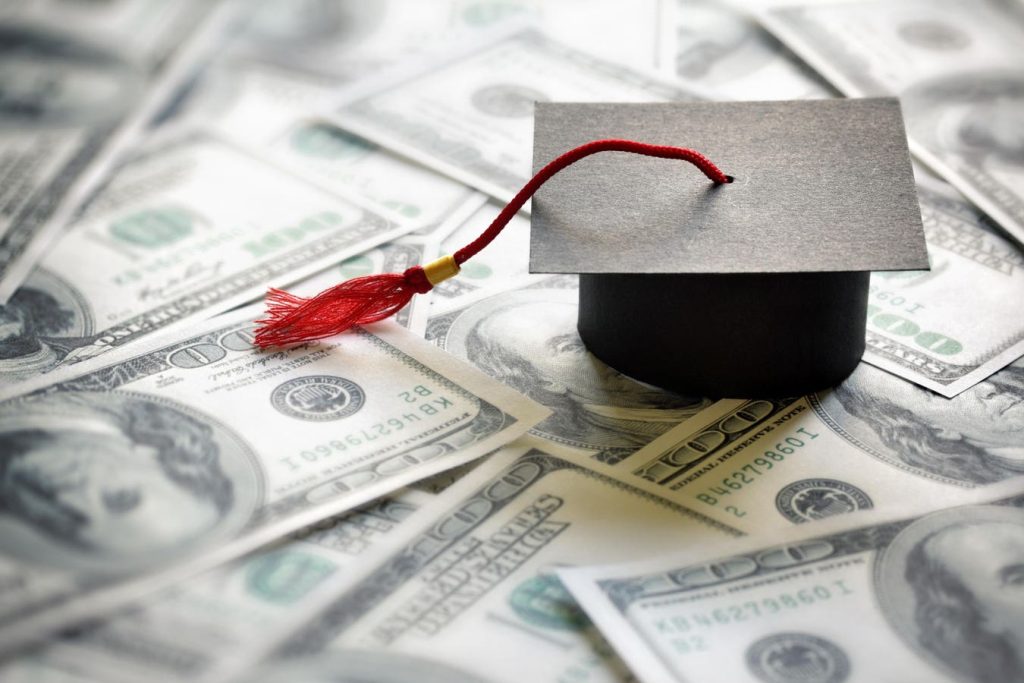After three years of relief, the U.S. Department of Education has announced that the pause on student loan payments—which was instituted during the Covid-19 pandemic—will be coming to an end. In an alert banner on the Federal Student Aid website, the department states: “Congress recently passed a law preventing further extensions of the payment pause. Student loan interest will resume starting on Sept. 1, 2023, and payments will be due starting in October. We will notify borrowers well before payments restart.”
The pause in student loan payments was first announced by former President Donald Trump in March of 2020 as a part of the CARES Act. Though eight prior deadlines have been announced only to be further delayed, the department emphasizes that this termination date is definitive. Most recently, President Joe Biden pushed the student loan repayment pause to December 31, 2022 and subsequently to June 30, 2023. The sweeping measure eased financial strain on approximately 42.3 million borrowers across the country, and forestalled interest on their loans over the last three years.
The resumption of student loan interest and payments promises to have a profound impact on both individuals and the broader economy. The impending resumption date has left many borrowers wondering how their budget—and their lifestyle—will be affected. With monthly payments averaging between $354 and $541, the financial significance for individuals and households could be seismic. In addition, the impact is likely to fall disproportionately on certain demographic groups such as women, Black and Hispanic, elderly, or disabled borrowers, as a recent study from The Pew Charitable Trust found that these groups are more likely than others to experience default.
At the same time, the consequences of restarting loan payments may also have a negative impact on the economy as a whole. In the absence of student loan payments, many borrowers had the freedom to invest in the economy through the purchase of houses and cars, and had more flexible income for leisurely spending. Now, many are facing both personal debt on auto and mortgage loans or credit cards as well as student loans, which will invariably cause many to recede from contributing in more active ways to local economies.
The announcement comes as borrowers await the Supreme Court’s decision on President Biden’s student loan forgiveness plan, which could provide up to $20,000 of relief for individuals with an income less than $125,000 or households with an income less than $250,000. After Biden’s measure was challenged in lower courts, the Supreme Court heard oral arguments in February. The Court’s decision will be released before the end of June, which marks the end of the judicial term. However, many fear that right-leaning Justices will vote against Biden’s plan as they expressed misgivings about the plan’s fairness and the potential of executive overreach during oral arguments.
At a hearing in May, Education Secretary Miguel Cardona stated: “We’re confident […] that the Supreme Court will rule in favor of the targeted debt relief, providing relief for millions of borrowers, and we want to make sure that the information that borrowers get is accurate. We do plan on making sure it’s a smooth reentry to repayment.”
Read the full article here










